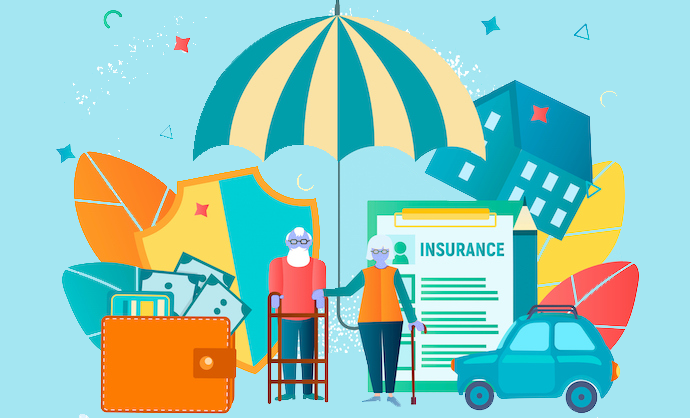State Medicaid Programs Boosted HCBS Waiver Adoption for Senior Care
State Medicaid programs increased their home and community-based service waivers for seniors leading up to the coronavirus pandemic.

Source: Getty Images
- State Medicaid programs’ adoption of and investment in home and community-based service waivers for seniors grew in the past 20 years, an article in Health Affairs found.
“Our results highlight that home and community-based services expansions can, and do, take many forms. Understanding which bundles of services improve access and outcomes and are effective in allowing people to age in place is an important avenue for future work. Our analysis lays the foundation for that endeavor,” the researchers stated.
The researchers leveraged data from Form CMS-372(S) Reports from CMS. The period was 1997 to 2020.
The researchers found that in the first decade of the study period from 1997 to 2007 the number of waivers that aimed at expanding seniors’ access to home and community-based services through Section 1915 (c) increased. In 2007, waiver adoption peaked at 90 waivers. However, by 2020 the number of waivers had fallen to 65. Meanwhile, Section 1115 demonstrations grew across the entire study time period, from one waiver in 1997 to 12 in 2020.
Section 1915 (c) waivers gave way to Section 1115 waivers in the latter ten years of the study period, with 15 Section 1915 (c) waivers disappearing due to the rise of Section 1115 waivers and 28 Section 1915 waivers being consolidated during this timeframe.
Nearly every category of waivers saw growth during the study. On average, states saw the number of covered service categories grow from 6.4 waivers per state to 9.5 waivers per state in over 20 years.
From 1998 to 2020, 49 to 51 states offered home-based services through Medicaid. Day services and caregiver support saw the second-highest level of growth. Equipment, technology, and home modification waivers also became more popular.
However, not all categories saw massive influxes in adoption. For example, live-in caregiver coverage remained comparatively low as were mental health and behavioral services and participant training.
In the 38 states that always had section 1915 (c) waivers and had all of their spending data from 1999 to 2017, total spending hit $9.9 billion in 2017. This was three times the spending levels in 1999, but the estimate likely exceeds actual spending.
“The disproportionate effect of COVID-19 on nursing home residents has energized interest in alternatives to institutional care,” the researchers noted.
The study corroborates separate research that found that home and community-based services spending rose during fiscal year 2020, reaching 3 million more people through waivers.
The results come at a time when policymakers and healthcare stakeholders are focused on improving and expanding home healthcare services due to the coronavirus pandemic.
In 2021, the American Rescue Plan Act boosted spending for home and community-based services in order to help address social determinants of health, improving the federal matching for these services.
The distribution of services was expected to shift as a result, with California expected to spend the most and Wyoming expected to see very little growth in home and community-based services spending.
However, these results did not capture the specific impact on seniors, who were highly impacted by the coronavirus pandemic. Not only were seniors more vulnerable to the disease, but their coverage may be in part dependent upon the public health emergency. Experts have expressed concerns that seniors will lose Medicaid coverage when the public health emergency ends.
